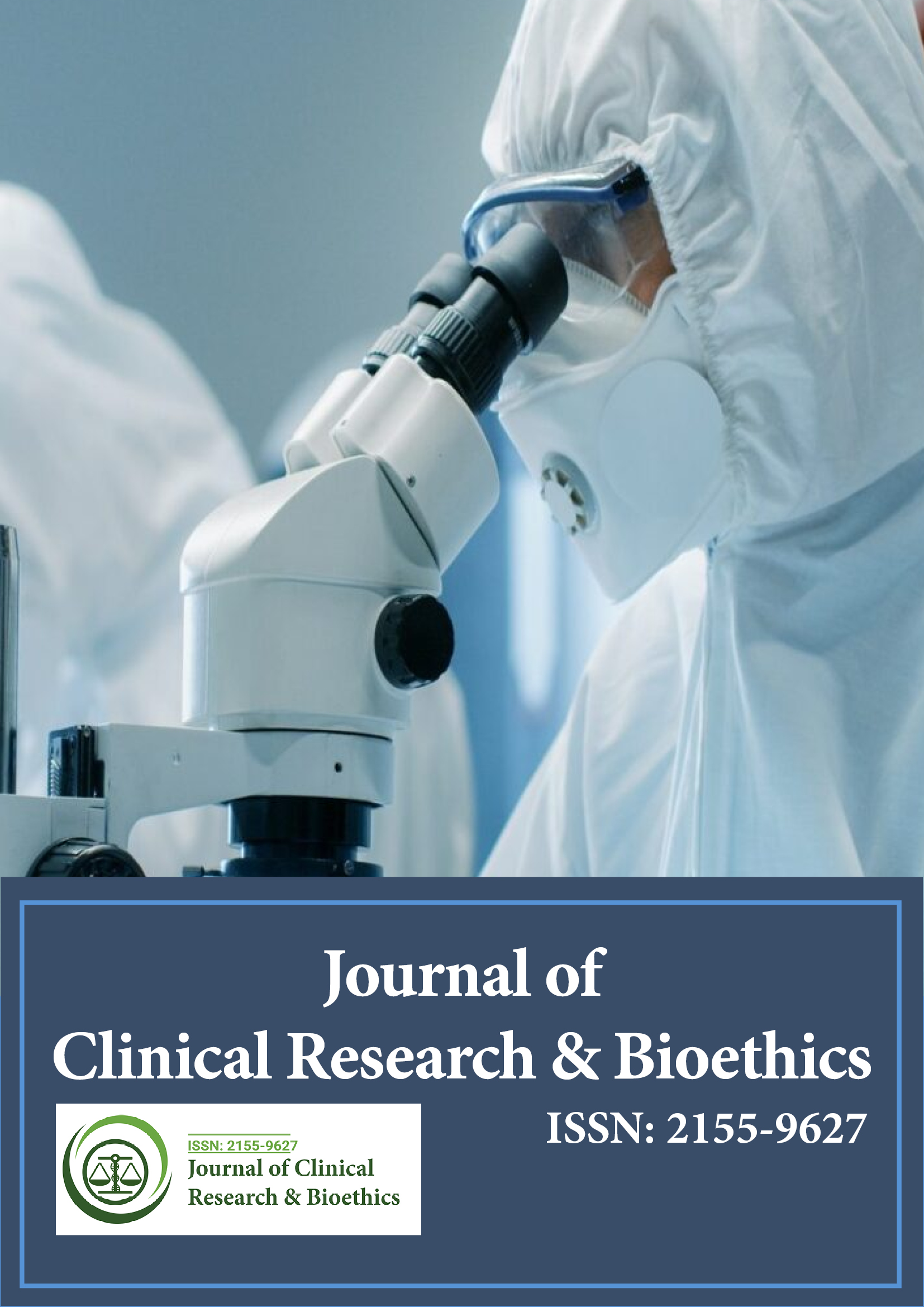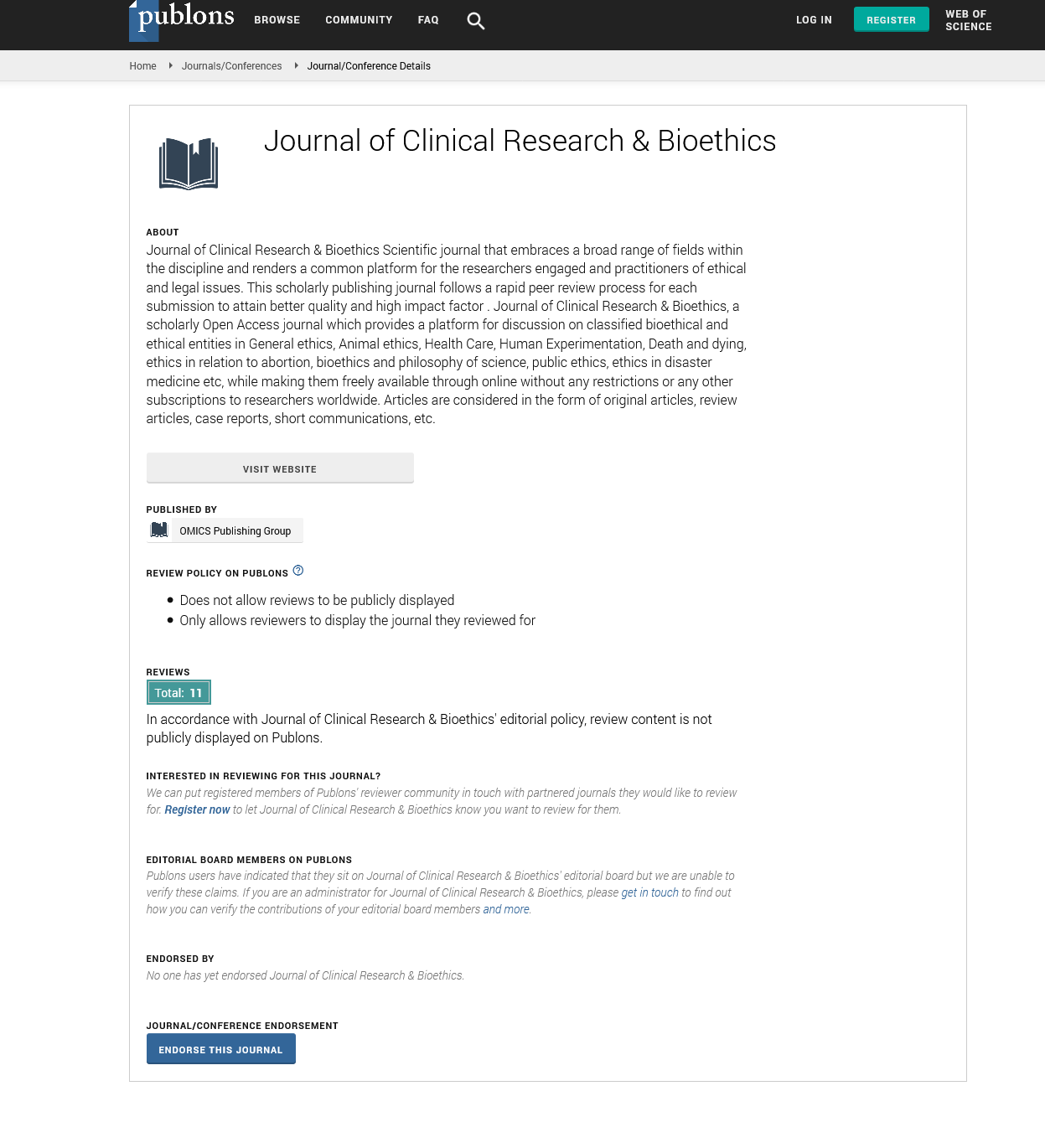Indexed In
- Open J Gate
- Genamics JournalSeek
- JournalTOCs
- RefSeek
- Hamdard University
- EBSCO A-Z
- OCLC- WorldCat
- Publons
- Geneva Foundation for Medical Education and Research
- Google Scholar
Useful Links
Share This Page
Journal Flyer

Open Access Journals
- Agri and Aquaculture
- Biochemistry
- Bioinformatics & Systems Biology
- Business & Management
- Chemistry
- Clinical Sciences
- Engineering
- Food & Nutrition
- General Science
- Genetics & Molecular Biology
- Immunology & Microbiology
- Medical Sciences
- Neuroscience & Psychology
- Nursing & Health Care
- Pharmaceutical Sciences
Opinion Article - (2024) Volume 0, Issue 0
Hematology: The Study of Blood, Its Functions and Diseases
Sefidan Martina*Received: 25-Nov-2024, Manuscript No. JCRB-24-27758; Editor assigned: 27-Nov-2024, Pre QC No. JCRB-24-27758 (PQ); Reviewed: 11-Dec-2024, QC No. JCRB-24-27758; Revised: 18-Dec-2024, Manuscript No. JCRB-24-27758 (R); Published: 27-Dec-2024, DOI: 10.35248/2155-9627.24.S23.003
Description
Hematology, the field of medicine and science that studies blood, blood-forming organs and blood diseases, is essential for understanding human health and disease. Blood plays a significant role in the body's functionality, serving as a conduit for oxygen, nutrients, waste products and immune responses. Hematology encompasses a wide range of areas, from the molecular mechanisms of blood cell formation to the diagnosis and treatment of hematological diseases.
Components of blood
Blood is a specialized connective tissue composed of several major components.
Red Blood Cells (RBCs): These cells, also known as erythrocytes, contain hemoglobin, a protein responsible for oxygen transport from the lungs to tissues and carbon dioxide removal from tissues to the lungs.
White Blood Cells (WBCs): These immune cells protect the body from infections and foreign invaders. They consist of neutrophils, lymphocytes, monocytes, eosinophil’s and basophils.
Platelets: The small cell component is necessary for wound rehabilitation and the coagulation of blood.
Plasma: The liquid portion of blood contains water, electrolytes, proteins (such as albumin, fibrinogen and immunoglobulins), hormones and waste products.
Functions of blood
Hematology serves multiple significant functions in the body.
Transportation: Delivers oxygen, nutrients, hormones and other essential substances to cells while removing metabolic waste products.
Regulation: Maintains homeostasis by regulating body temperature, pH balance and fluid volume.
Protection: Provides immunity through white blood cells and clotting mechanisms to prevent excessive blood loss.
Hematopoiesis: Hemorrhage is the process that helps in the bone marrow's generation of white blood cells. It is the development of multifaceted hematopoietic stem cells into different blood cell pathways. The two primary lineages are: Myeloid lineage produces red blood cells, platelets and certain types of white blood cells (neutrophils, eosinophil’s, basophils and monocytes). Lymphocytes, such as B cells, T cells and cells of the immune system are produced by the lymphatic circulatory system. Growth factors, such as erythropoietin, thrombopoietin and factors that stimulate, regulate hematopoiesis.
Common hematological disorders
Hematology addresses a wide range of blood-related conditions, including: Anemia is a condition characterized by a reduced number of red blood cells or insufficient hemoglobin levels, leading to decreased oxygen delivery to tissues. Types of anemia include: Iron-deficiency anemia caused by insufficient dietary iron or chronic blood loss. Vitamin B12 or irons which result in vitamin-deficiency anemia. When red blood cells are damaged more effectively than they are initially formed, hemolytic anemia develops. Aplastic anemia is a frequent disease in which the bone marrow produces insufficient blood cells. A class of malignancies that impact white blood cells is called leukemia. It is classified into four main types: Acute Myeloid Leukemia (AML), Chronic Myeloid Leukemia (CML), Acute Lymphoblastic Leukemia (ALL) and Chronic Lymphocytic Leukemia (CLL). Each type has different characteristics, progression and treatment methods.
Lymphomas are cancers of the lymphatic system, which includes lymph nodes, spleen and other lymphoid tissues. Hodgkin lymphomas can be distinguished by the presence of Reed- Sternberg cells. Non-hodgkin lymphoma is a diverse group of lymphoid cancers with varying behaviors and treatment responses. Coagulopathies disorders of blood clotting can lead to excessive bleeding or clot formation. Examples include:
Hemophilia is a genetic disorder caused by a deficiency of clotting factors (Factor VIII or IX). Deep Vein Thrombosis (DVT) is a term for blood clots that develop in deep veins, typically in the legs. Disseminated Intravascular Coagulation (DIC) is a severe condition involving widespread clotting and bleeding. Sickle cell disease is a genetic disorder where Abnormal Hemoglobin (HbS) causes red blood cells to assume an asymmetric structure, leading to reduced oxygen delivery, pain and complications such as stroke and organ damage.
Citation: Martina S (2024). Hematology: The Study of Blood, Its Functions and Diseases. J Clin Res Bioeth. S23:003.
Copyright: © 2024 Martina S. This is an open-access article distributed under the terms of the Creative Commons Attribution License, which permits unrestricted use, distribution, and reproduction in any medium, provided the original author and source are credited.

